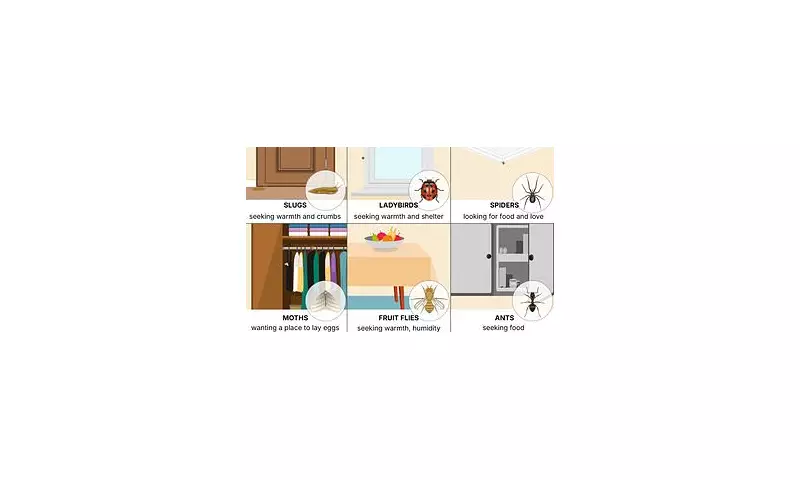
Your home's unwelcome insect visitors might be trying to tell you something important about your living environment, according to fascinating new research that decodes what different pest species reveal about household conditions.
The Silent Messengers in Our Homes
Scientists have discovered that specific insect infestations act as nature's diagnostic tool, indicating everything from moisture problems to cleanliness issues and structural concerns. Rather than simply being nuisances, these creatures provide valuable insights into the health of your home.
What Different Pests Reveal
Silverfish and damp conditions: The presence of these slender, silvery insects often points to excessive moisture and humidity problems. They thrive in damp environments, suggesting possible ventilation issues or water damage that needs addressing.
Carpet beetles and cleanliness: These tiny intruders indicate accumulated organic debris in carpets and upholstery. Their presence suggests areas requiring deeper cleaning and more thorough vacuuming routines.
Ant trails and food sources: Consistent ant invasions typically reveal accessible food supplies and entry points. They highlight areas where better food storage and sealing of cracks could prevent future infestations.
Beyond Pest Control: Understanding the Root Causes
Experts emphasise that effective pest management involves more than just eliminating the insects themselves. "Understanding why certain pests choose your home is crucial for long-term prevention," explains one entomologist involved in the research.
The study suggests that homeowners should view infestations as early warning systems rather than mere inconveniences. Different species serve as biological indicators of specific household issues that, if addressed promptly, can prevent more serious problems down the line.
Practical Solutions for Homeowners
- Monitor humidity levels in basements and bathrooms to discourage moisture-loving pests
- Improve ventilation in problem areas to create less inviting environments for insects
- Regular deep cleaning of carpets and stored fabrics to eliminate food sources
- Seal entry points around windows, doors, and utility openings
- Address leaks promptly to prevent creating ideal conditions for certain species
This revolutionary approach to household pests transforms how we view these common problems, turning annoying infestations into valuable diagnostic tools for maintaining healthier, better-maintained homes.





